In order to come up with a decent set of games you really need to set them within a wider context across the Operational, Doctrinal and Geo Political perspectives. At the top level its this context which will give you clues as to what gets deployed where to fight whom. With historical games the History tends to provide the context around the scenario which allows games to be constructed that are more than just 1000 pts a side bashes, which personally I find dull, very few fights are fair in war.
To start drawing that context together primarily from the Geo Political perspective, this series of posts will look in turn at likely Flash points within the various Regional US Unified Combatent Commands areas of interest. As the blog focus is on both Dragon Rising and Bear Resurgent, I thought I'd start with the Chinese end of the spectrum.
China runs from central asia down to South East Asia and over to the Far East, it dominates a significant component of the Pacific coast line and has the potential to become engaged in hostilities around a number of Flash points in the region.
If we look at Chinas location within the context of the US regional Unified Combatant Commands (or potential Strategic Theatres of Operation) boundaries then we can see that the most likely to be affected is USPACOM.
The Mission of USPACOM is described as follows:
Untied States Pacific Command, USPACOM, covers the majority of likely flash points associated with Chinas immediate area of interest. Although there are clear areas for potential conflict outside of this I will leave those for another day. If we look superficially at the likely areas of conflict we can start to define the context of any games.
This will help determine:
- Who are the players (Nations, NGOs )
- What type of conflict (Maritime, Littoral, Land),
- Over what sort of Ground (Jungle, Mountain, Urban, Coastal, Desert, Plain),
These in turn will give us a view of the likely forces to be deployed and the types of operation will be dependent on the duration of the conflict and where in the timeline of the conflict the game takes place. This can then be refined with a view of the real available forces, and gives us an understanding of what sort of terrain and units we are going to have to build.
A cursory analysis of whats what near china throws up the following likely flash points that could form the basis of a series of games, these are:
- South China Sea.
- East China Sea.
- Korea.
- India.
- Taiwan
Taking each in turn we can look at the likely cause of the conflict and the likely characteristics of such a conflict. Bearing in mind that for our game we are looking for a reasonable land component with the options to deploy Armour some of the options may become a bit convoluted.
The South China Sea is a long standing dispute between China and Just about everybody else with a beach around it. Of late this has become more destabilising as scarce natural resources become more important. (oil and fish stocks) In addition for the US its a key strategic passage to Taiwan which sits at the other end of the sea access to which from the west is through a number of narrow straits.
ASEAN - Association of South East Asian Nations the US and China are all actively involved and Australia takes more than a passing interest. There have been a number of low level incidents involving Military units in the area although more shouting than shooting. Most of the nations involved in the dispute are buying insurance, investing in both Maritime and amphibious capability.
The Nature of the conflict is Maritime and Littoral in Nature but could escalate to a wider ground based conflict if tighter control over access into the South China Sea were required.
Likely protagonists include US, China, Australia, ASEAN member states which includes: Indonesia, Malaysia, Philippines, Thailand, Singapore, Brunai, Burma, Cambodia, Laos and Vietnam. Conflict could arise between various parties either China and any one of the others or between ASEAN member states. The US would be unlikely to stand and watch, Australia would probably be a reluctant participant.
A wide range of Land Combat environments exist from River Deltas, to Jungles and more open Coastal plains, Rice culture dominates so the paddy field presents an enduring challenge to vehicles in truth very Vietnam, but with some more modern buildings and communications facilities. Other options for land combat include the Philippines, Indonesia and Singapore, and the securing of key islands naval and offshore facilities
Much like the South China Sea the East China Sea disputes centre around who owns what or as wikipedia put it the EEZ (Exclusive Economic Zone). At this end of the China sea there are probably less potential participants, with less variety of equipment.
The primary protagonists are Japan, China, Korea (both) with the US and Taiwan probably piling in for good measure. most likely a maritime conflict, with littoral plays around a number of small unpopulated islands between Japan and Taiwan or around the Korean peninsular.
There is scope for developing this scenario onto mainland China, Korea, Japan or Taiwan all of which are interesting Terrain wise China presents a number of challenges even in the South Eastern Plains
Korea
Need I say more, long history of trouble with some, interesting parties involved, scope for a re run of Korean War 1, in similar style. Probably the most attractive environment for Land operations with a littoral component.
Likely protagonists China, Korea's, US, NATO?, The Terrain of the Korean peninsular is mountainous with deeply incised valleys with a wide Western coastal plain and generally more densely settled in the South.
India
There have been a few small scale disputes over the Sino - Indian border but nothing at any real scale. Their is scope for conflict in this area although the border lies mostly through the Himalayas so hilly at best.
Likely participants include India, China, Pakistan, possibly the US depending on who started it and where its going. A more manoeuvre based conflict could probably be developed around China joining with Pakistan and developing an attack through Pakistan into India, this fits with the strong diplomatic relationship between Pakistan and China and might most likly arise from a flare up of the Indo-Pakistan territorial disputes. This lacks any maritime concept, it has scope for sizeable armoured action and an interesting array of equipment.
The obvious flash point is a conflict in waiting, dependent on the ebb and flow of cross strait relations. With China investing heavily in Naval, Air and Amphibious capability they are rapidly making a military solution to this problem more credible although dealing with the US 7th Fleet will always be a significant challenge
Likely participants include, Taiwan, China and the US although the route to achieving the goal might drag in more protagonists, Japan and Australia, having potential. Pre invasion moves to limit Maritime access routes to Taiwan might involve actions further out and increase the scope of participants into theSouth Chima sea. From a strategic perspective the opening moves in the game would look to dissipate the combat power of the US 7th Fleet and might see a variety of actions kicking off across a number of the flash points described
Terrain wise another Littoral, Maritime conflict that sees at least 1 densely populated Island getting invaded and probably more, so an Urban component as well as the more traditional, mountain, jungle, paddy field story of the rest of the region. The island is split between high mountains 2/3 and coastal plain 1/3 with the interesting addition of fighting over an active tectonic fault - save v earthquake could be a new game feature.
So its "War in the Pacific" or "Vietnam" as far as the terrain goes, the terrain components are fairly simmilar across the region with the possible exception of mainland Japan and Taiwan.
There are an interesting range of potential participants opperating quite a wide variety of military equipment and numerous options for who fights who based around some credible real world context. this variety is greatest around the South China Sea scenario concept which makes this potentially the most attractive from a gaming perspective. The myriad Islands and long coastlines provide great options for Littoral manoeuvre.
From the point of view of scenarios in the area of responsibility of USPACOM the next steps will be to look at available forces from the perspective of the various protagonists.
The analysis in this blog post is a superficial review of real world problems intended to provide context for game activities that let players understand military problems. It is not intended to be political in nature nor supportive of any particular political perspective.
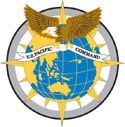
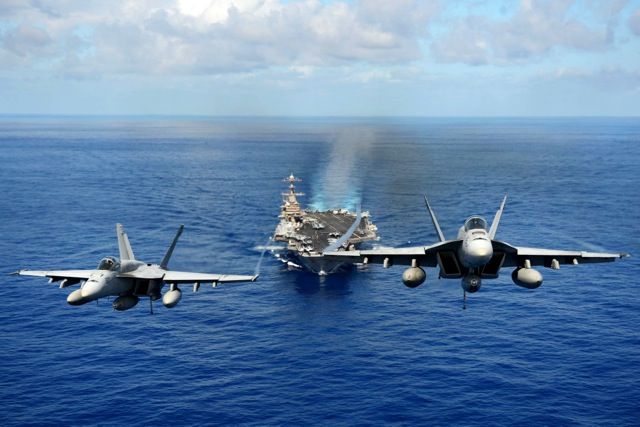
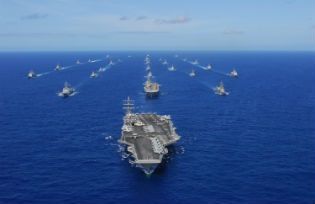
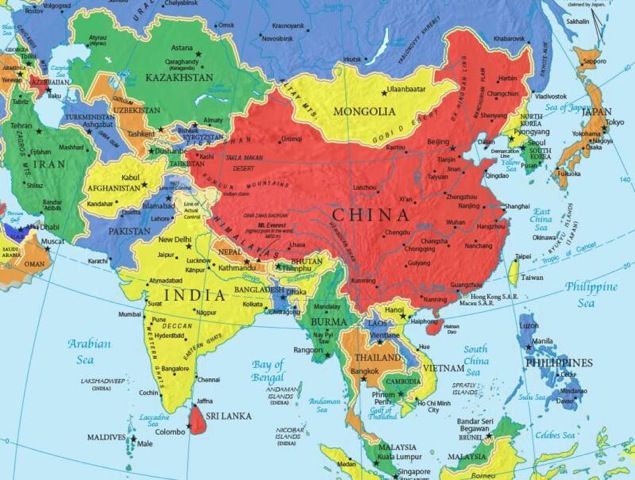

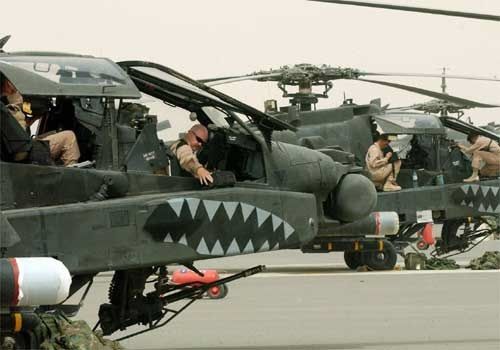
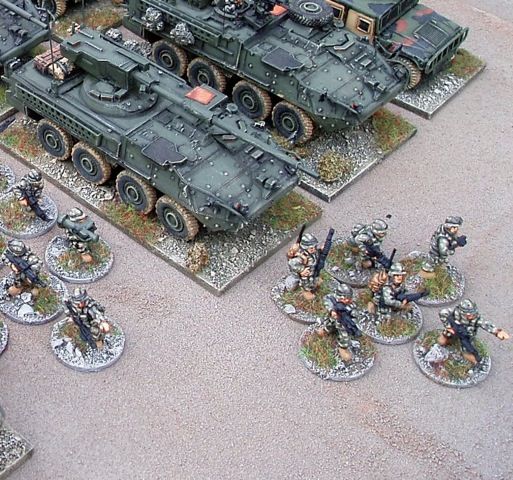
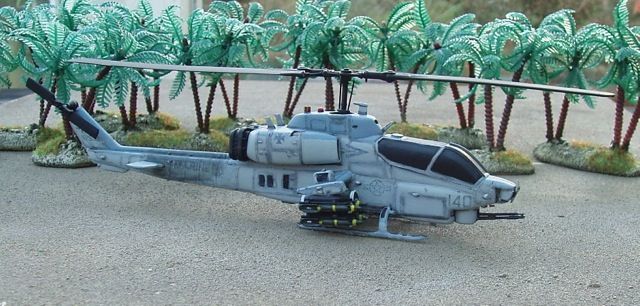
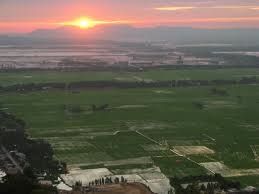
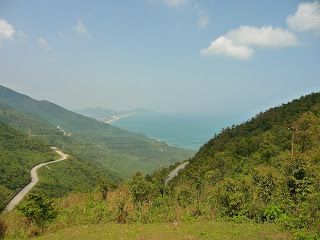
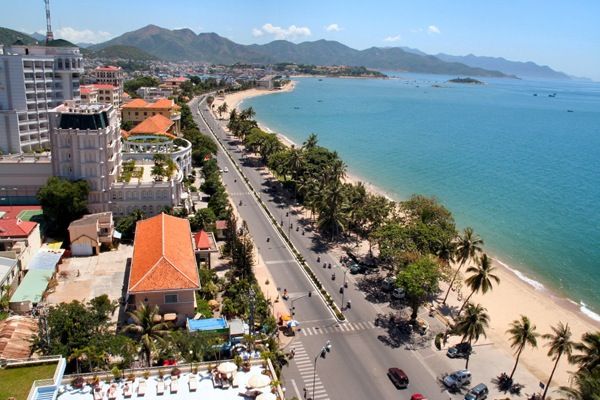



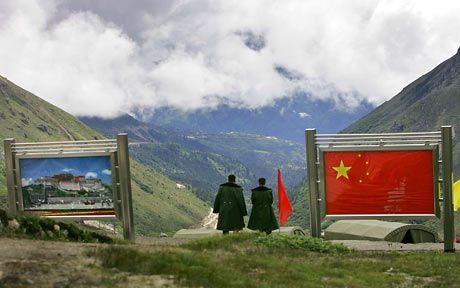
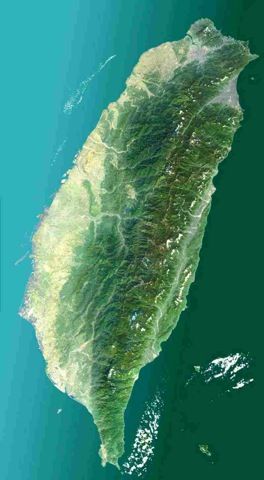
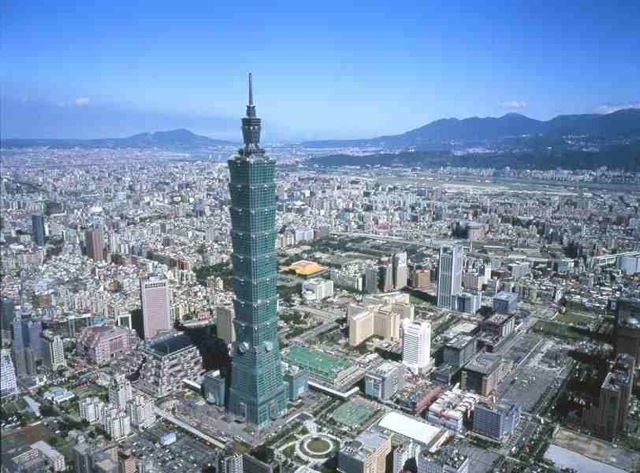
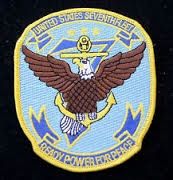
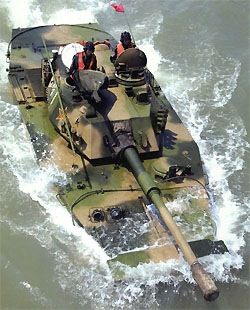
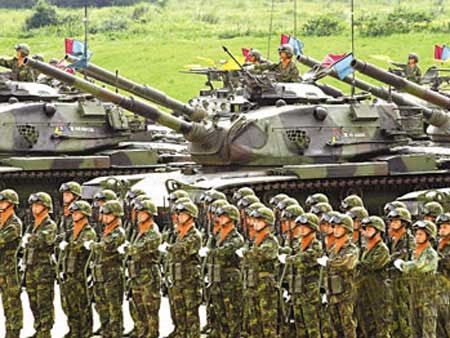
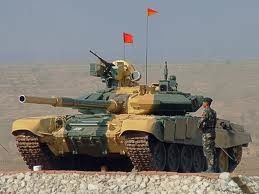

No comments :
Post a Comment